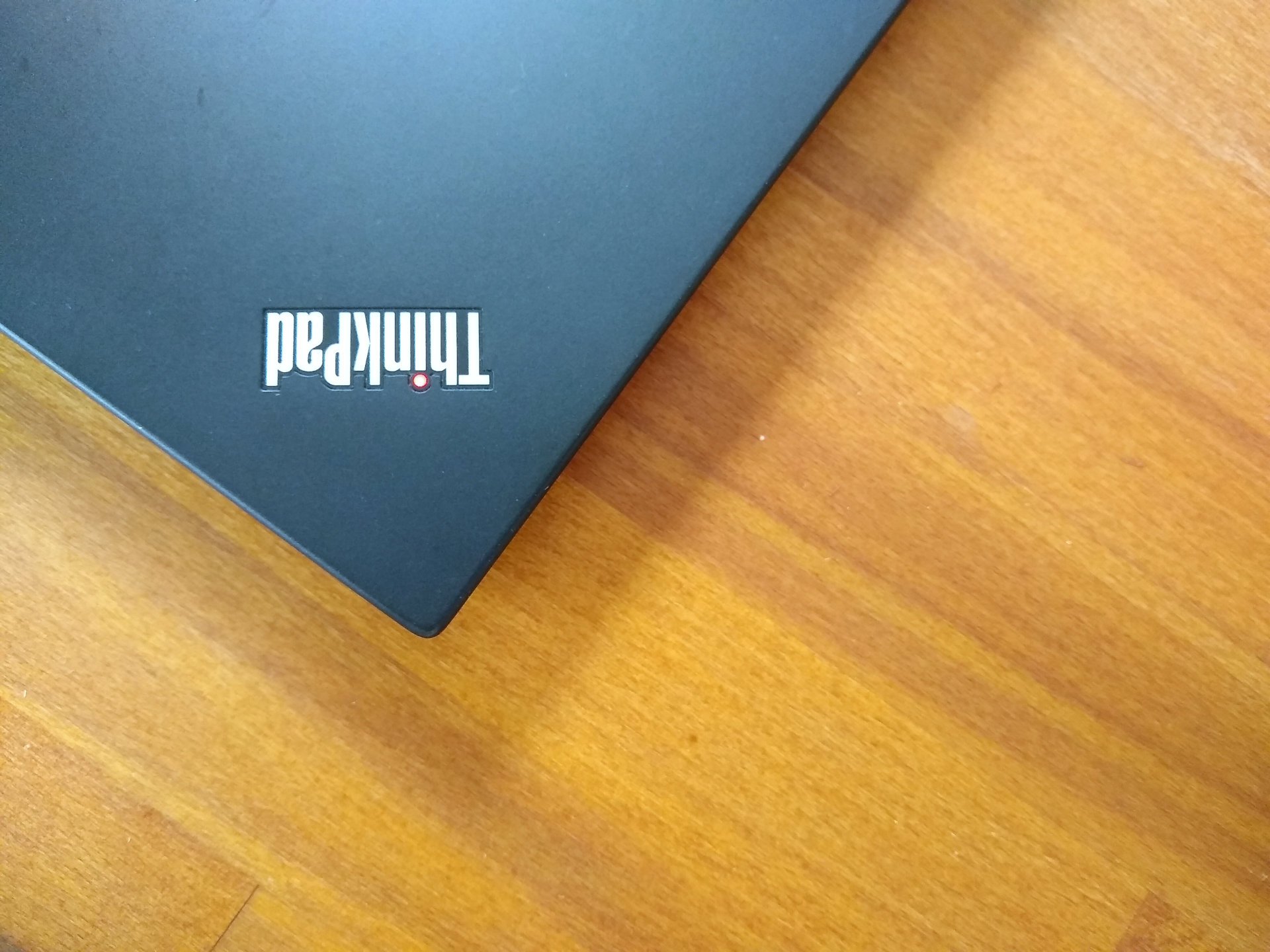Mobilizing your professional arch-viz production environment without compromises
Setting up a desktop workstation and a laptop to perfectly work together wherever you're

Last updated on March 14th, 2020.
I do professional architectural visualization in a solopreneurship, with a rather conventional business-location setup, meaning I work on a desktop workstation from a coworking place in business hours, and on a laptop when outside of office. Working on arch-viz projects remotely, may not only be a must for whatever reason, but a luxury a lot of arch-viz artists may benefit from. Having both a desktop workstation for maximum performance, and a laptop for flexibility brings a lot of difficulties to your workflow though. Overcoming difficulties by developing an efficient workflow I set up a fully mobilized architectural visualization production environment, with no, or very little compromise, I think is worth sharing below.
High-end laptops lag behind their desktop workstation counterparts significantly
2019 in business, having a laptop only even in creative fields is absolutely a valid option. Many freelancers and small to medium size creative studios choose to have fifteen-inch powerful mobile workstations, and large external displays only, screen real estate being the only true limiter on productivity. High-end arch-viz isn’t like this though, primarily because of computing-intensiveness of rendering. Whether CPU- or GPU based, rendering puts a serious thermal load on your machine, that’s much easier to manage and cool in large, than small. A high-end workstation class laptop CPU, e.g. an i7-9750H may have roughly one-third the performance of even a consumer class high-end desktop CPU, e.g. a Ryzen 9 3900X, or its equivalents in future generations. Speaking of dual Xeon setups, the three fold or bigger performance difference doubles up. Without tricky setups (see below) and special cases replacing your weighty desktop workstation with one laptop is likely still not a productive option just yet.

Whether CPU- or GPU based, rendering puts a serious thermal load on your machine, that’s much easier to manage and cool in large, than small.
Selecting hardware and tools wisely
Selecting hardware and tools will depend on the characteristics of specific software you use, however there’re some good rule of thumbs to follow. Selecting or building a workstation is out of scope of this article, but choosing a laptop is the more interesting part in terms of building a mobile arch-viz production environment. In general, you shouldn’t chase to match the performance of your desktop workstation, since laptops aren’t designed for that, but still you’ you should have solid performance in most tasks you use your workstation for. Choosing a laptop with the best consumer processor available usually has good price and performance ratio, which is key if you think of your laptop as your secondary machine. When upgrading your laptop for better CPU performance, look for core-count, and not only generation changes. Core-count increases will likely deliver much more performance gain, like we saw the jump from seventh to eighth generation i7 CPUs, but not from eighth to ninth etc. Matching the RAM size with your desktop workstation is also a good idea, to avoid unexpected problems in your workflow.

When upgrading your laptop for better CPU performance, look for core-count, and not only generation changes. Core-count increases will likely deliver much more performance gain…
Having both a desktop and a laptop comes with disadvantages
Having not just one machine at a time means you have to maintain each, both from the hardware and software side, which requires time and effort. To minimize chance for error when changing devices, it’s advised to try keeping the systems identical. Setting up more identical systems is a good opportunity to revise the set of software you need, and keep just the ones you truly utilize in your workflow. Most commercial software licenses enable you to install the software on more machines, if you only run one instance of the program at a time – so you shouldn’t worry about this part.
Setting up identical system paths for work on all machines
Since the machines you use in a mobilized architectural visualization practice are usually not at the same location, mapping the proper network drives isn’t an option. In theory you could setup VPN connection as a remote option, but that likely wouldn’t work either, because of the rather large file sizes you work with, and the varying quality of internet connection on the go. This means, for maximum efficiency you should replicate the primary machine’s partition structure, system paths and file content on the secondary machine. For configuring identical drives for your laptop you basically have two options. You can dedicate your internal storage for the job, or set up an external HDD. Setting up an external HDD comes with the advantage of being much lighter and more mobile, so that you don’t have to physically keep your laptop with your all the time for syncing, when changing devices, that I’ll describe in next paragraph.
Synchronizing files when changing devices
As a result of the above, you should make sure you have the most recent version of all files you work with, before starting a work session. Luckily there’re excellent file synchronization tools you can use to synchronize entire partitions, within just minutes, e.g. FreeFileSync. Each time you’re about to change devices – e.g. you leave your office for the weekend – you should run a sync job. It’s as simple as this.
Synchronizing files to, and through the cloud
In theory, as an alternative to the above ‘low cost’ synchronization method you could also just set up a large cloud storage, like OneDrive on both machines, to take care of synchronization of all files you use in your workflow. It requires excellent internet connection though, and is much slower for syncing large files by its nature. However, when both machines are online, synchronization happens real time, which comes with benefits. While working from your laptop, you virtually have all the computing resources of your desktop at your fingertips, accessible with a simple remote access tool like TeamViewer. Of course this assumes your desktop workstation is online all the time. For work sessions, that aren’t visually intensive by their nature, you can entirely rely on remote access services with almost no difference to if you were sitting front of the remote computer.
It’s up to you what way you take to setup file synchronization. The first ‘low cost’ method is better if you just want a quick, reliable, and free solution, and don’t mind doing synchronization manually. The cloud synchronization method is better if you’d often benefit from having the rendering power of your desktop by your side enabled by real time sync, and don’t mind a bit of waiting for changes’ download when switching to your laptop, as well as paying for the service. When working in a team, cloud synchronization methods are probably the only way to go.
Replacing your workstation, and go laptop-only, leveraging cloud-rendering services
If flexibility is above all for you, you already actually can replace your workstation, and go laptop-only even in high-end arch-viz work, by smartly leveraging cloud-rendering services, like RebusFarm, and Corona Renderer’s, or other renderers’ similar advanced solutions. The compromise you can’t outsmart will be on look-development, where you must utilize your CPU or GPU on-site all the time. Let’s see a concrete example. Leveraging Corona Renderer’s CXR file format, and Image Editor you can truly minimize workload on your mobile workstation, only using it for lighting and post production. If Corona’s LightMix is set up correctly and intentionally in your scene, you can practically ‘blindly’ outsource rendering to the cloud, and only work with the results further in Corona Image Editor locally, setting up lighting etc. Note that CXR save support is fully supported in 3ds Max, but not in Cinema 4D yet, in that you can’t save CXR from its native Picture Viewer. This means, you can’t apply this heavily cloud-based workflow to Cinema 4D and Corona Renderer just yet.
Author
Márton Lente
I am Márton Lente, a designer and creative web developer from Budapest, Hungary. I have a formal education in architecure and design, and multiple years of experience in front-end, and CMS web development. Read more.



